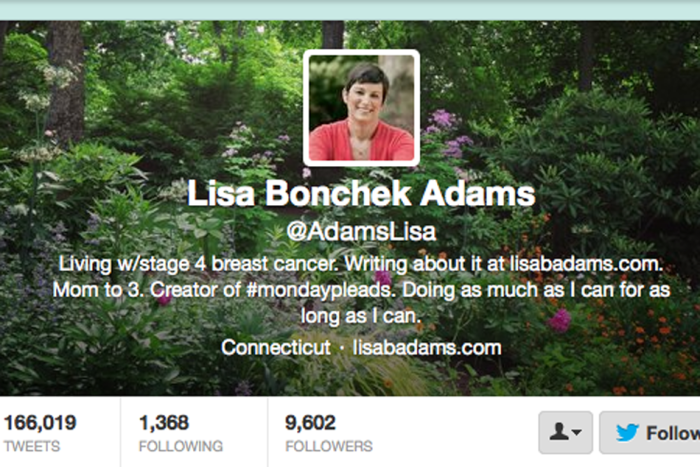For the first 40 years of its existence or so, Starbucks was one of the best things that could happen to its competitors. (Well, the competitors it didn’t directly attempt to put out of business with predatory lease buying and general behemoth-y intimidation, at least.) Though it is one of the faces of homogenizing turn-of-the-millenium corporatism, its talent for selling you warm, dark liquids was actually so incredible that it tended to help out smaller chains and independents wherever it landed. Essentially, Starbucks sold not just lattes but the lifestyle, which allowed its competitors to piggyback into consumers’ changing minds: even if Starbucks got most of the customers, it created enough of them that anyone with an espresso machine could live fat on the leftovers (when Starbucks opened in Omaha in 2003, for instance, it increased coffee house business city-wide by 25%).
Though its consumption, especially outside the home, has steadily risen as Starbucks has expanded, coffee is really only part of the lifestyle the coffeehouse chain has sold so well: the other, arguably larger part, is the house. A crucial part of the Starbucks experience, per its strategizers, is the image of Starbucks as a “third space” for its customers, a place to go to escape the pressures and demands of everyone’s other two spaces, home and work. Implicit in that designation isn’t just that they want you to visit them regularly—it’s also that the place is somehow identifiably yours, a place of comfort or, at worst, dull habit, which is enough of the same thing.
The reason behind this is nakedly commercial, of course: comfort means coming back, but also maybe sticking around and buying another coffee, or letting your guard down just enough to not realize the music playing is a commercial, or maybe even being attached enough to buy a branded travel mug. But the third space’s effects have spiralled out well beyond the designs of its masters. For most of us, hunched over a laptop or a stack of papers or maybe even a book, if we’re really desperate, coffee is the tollbooth, not the telos, of the cafe experience (Starbucks or otherwise): it’s the price of getting a chair and some Wi-Fi and a plug-in. If we have a lot of work to do or just can’t pull ourselves away from updating Facebook, we might even feel guilty enough to buy two.
Here, then, is where Ziferblat comes in. Its name is Russian for “clockface”; it is a chain of what we might call, for lack of a better word, cafes, but it has done away with the pretense of trying to sell you caffeine or dry pastries. Instead, Ziferblat charges you about 5 cents for every minute you spend in it—you track your time by picking up an old-fashioned clock at the door, hence the name (watching the clock is apparently too nice an experience to leave at work). Ziferblat’s owner, Ivan Mitin, is enough of a utopian that he includes coffee and snacks in the price, as well as facilities for preparing a more substantial meal, if that’s your thing—although he’s also enough of a realist to worry that a more rapacious capitalist might just start charging you for time and space as well as the coffee (and just think how easy it’ll be to track that on your GPS-enabled smartphone!).
For our time, this seems a perfectly natural progression, but I don’t think we have to take the Way Back machine particularly far to sense something particularly strange about paying just to hang out in a place. Humans have been gathering outside the home since we started living in cities, of course, but the cafe-bound variety is a slightly different breed: most of these kinds of activities are explicitly social (after-work drinks, or what have you), whereas our time in the coffeehouse is publicly private. Cafes these days sometimes seem like notably freeform office spaces, everyone zoned into their glowing screen, the only sounds related to making coffee. There may be the odd conversation—there’s always one of those people somewhere—but the level of conviviality rarely rises above “city bus during morning rush hour.”
Ziferblat purportedly wants to change that dynamic some, which is a fine goal, I guess. But it’s not as though today’s coffee shops have baristas shushing patrons: we’re anti-social among all these people for a reason. But the bus rider’s cocoon develops because riding the bus is a necessary evil: no one is forcing you to drag yourself to Starbucks or its fussier independent equivalent. It may be that some of us are only playing at being alone—the old saw about the amateur screenwriter waiting to get noticed or some such—but there are enough headphones and highlighters to suggest that plenty of us are happy in our cones of silence.
Which is, again, weird. You can stare at your computer and not talk to anyone just as well (better, even) at home, for a fraction of the cost. This is maybe somewhat mitigated by the fact that there is more and more of a premium being placed on private space, such that the home office has become the third-space office, but there’s still no particular reason that a coffee shop should be our default other option. There’s no Wi-Fi in the public parks (yet), but libraries have everything except the food at the low, low price of nothing—and I’m sure they’d be happy for the raison d’être in the digital age. (Of course, they also come with people who can’t afford to pay for public space, and god forbid one of them should catch a glimpse of your Facebook page over your shoulder.)
Not that what we do and why we do it actually needs to be rational, of course: trading a small amount of money for some time to check our email around 27 likeminded others is just the way the world works now, and Ziferblat is at least a more efficient system for that. Still, from just down the street, it seems like another unintended consequence of Starbucks’ success: we like the lifestyle so much, now we don’t even need the latte.






